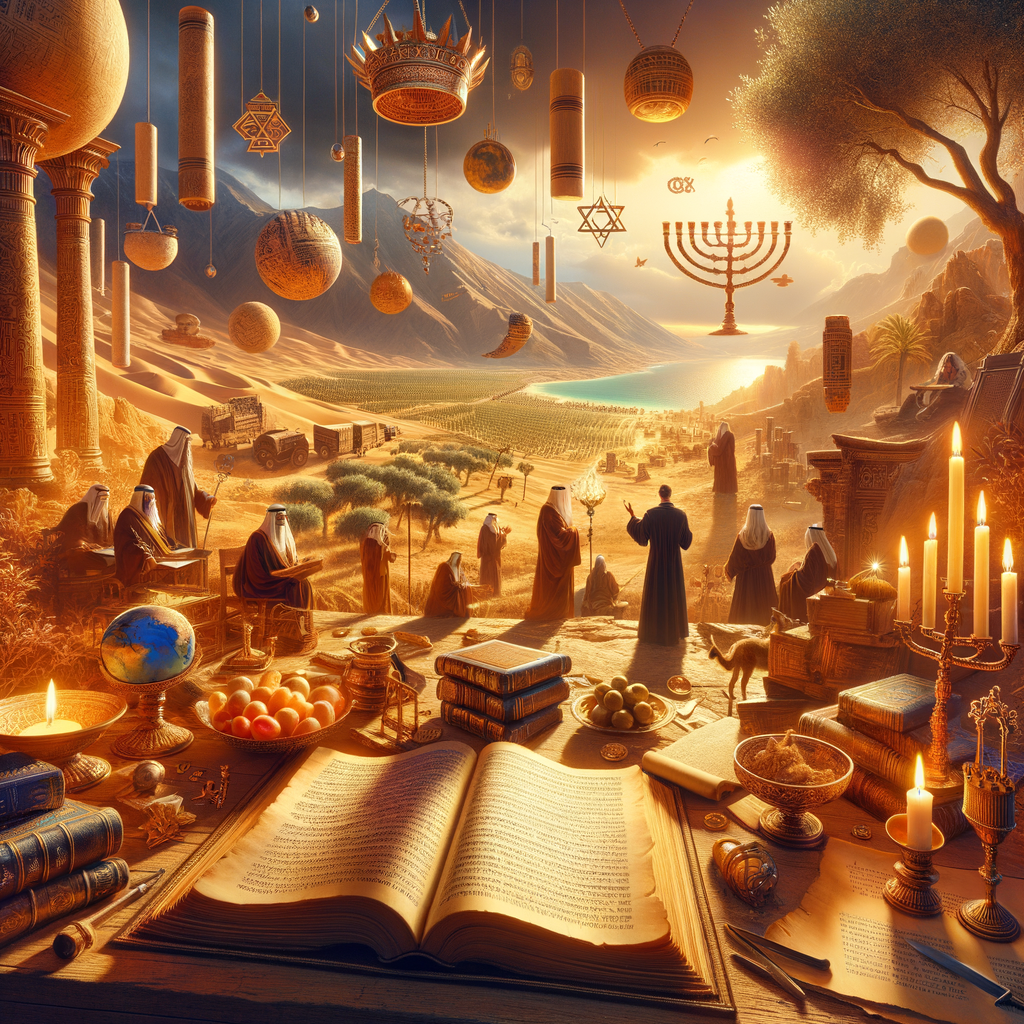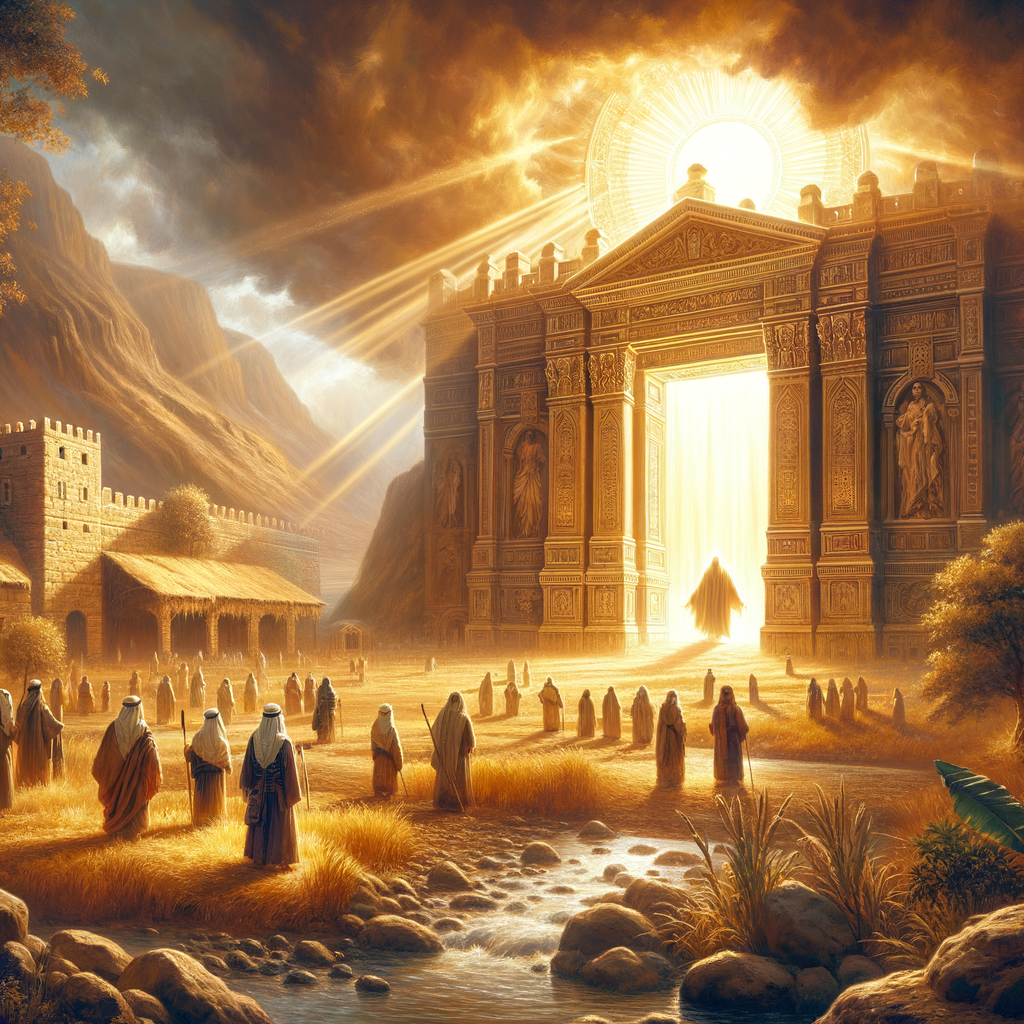Scriptural Confirmation of God’s Gift of the Land of Canaan to the Jews
The historical and theological discourse regarding the Land of Canaan has been both profound and complex, ingrained in the fabric of the Jewish identity and their spiritual narrative. This post delves into the scriptural foundations that support the assertion that God granted this land, which encompasses modern-day Palestine, to the Jewish people.
Understanding the Land of Canaan in Biblical Context
To grasp the significance of God’s promise of the Land of Canaan, we must consider the overarching narrative presented in the Scriptures. The term “Canaan” refers both to a geographical location and a divine promise highlighted throughout various books of the Bible.
Divine Promises and Covenants
God’s commitment to the Jewish people regarding the Land of Canaan can be identified through several key passages in the Bible:
- Genesis 12:1-3: This passage marks the initial call of Abraham, where God promises him that he will become a great nation and that He will bless those who bless Abraham.
- Genesis 15:18-21: Here, God explicitly delineates the borders of the land promised to Abraham’s descendants, confirming His intention to give the land to them.
- Exodus 3:8: God expresses His desire to deliver the Israelites from Egypt and lead them into a “good and spacious land—a land flowing with milk and honey.”
The Historical Journey to the Promised Land
The journey to the Promised Land was not just a physical relocation; it represented a deeper spiritual quest rooted in faith and divine assurance.
Key Events Leading to Settlement
- Exodus from Egypt: The departure from slavery was a pivotal moment for the Israelites, establishing their identity as a chosen people.
- Wandering in the Wilderness: This period was marked by trials and tribulations, where the tenacity of faith was tested and shaped.
- Conquest of Canaan: Led by Moses and subsequently Joshua, the Israelites engaged in battles to take possession of the land, fulfilling God’s promises.
Modern Implications and Interpretations
In contemporary discussions, the implications of God’s gift to the Jewish people remain contentious, intertwining theology and geopolitics. Various interpretations emerge:
Differing Perspectives on the Promise
- Jewish Perspective: Many Jews view the return to the land as a fulfilment of biblical prophecy, reinforcing their historical and spiritual connection to it.
- Christian Perspectives: Some Christians believe that the promises made in the Old Testament have extended to include the Church, while others maintain that the covenant remains specifically with the Jewish people.
- Palestinian Perspective: In contrast, the Palestinian narrative sees the land as part of their historical identity, creating a complex socio-political landscape that continues to evolve.
Conclusion
The land of Canaan, as given to the Jewish people by God, represents a multifaceted symbol of faith, struggle, and divine promise. Its significance extends beyond merely being a geographical location; it encompasses deep-rooted theological implications, historical journeys, and contemporary geopolitical realities. By understanding these elements, we can appreciate the profound nature of this promise and its enduring influence on Jewish identity, culture, and belief.


